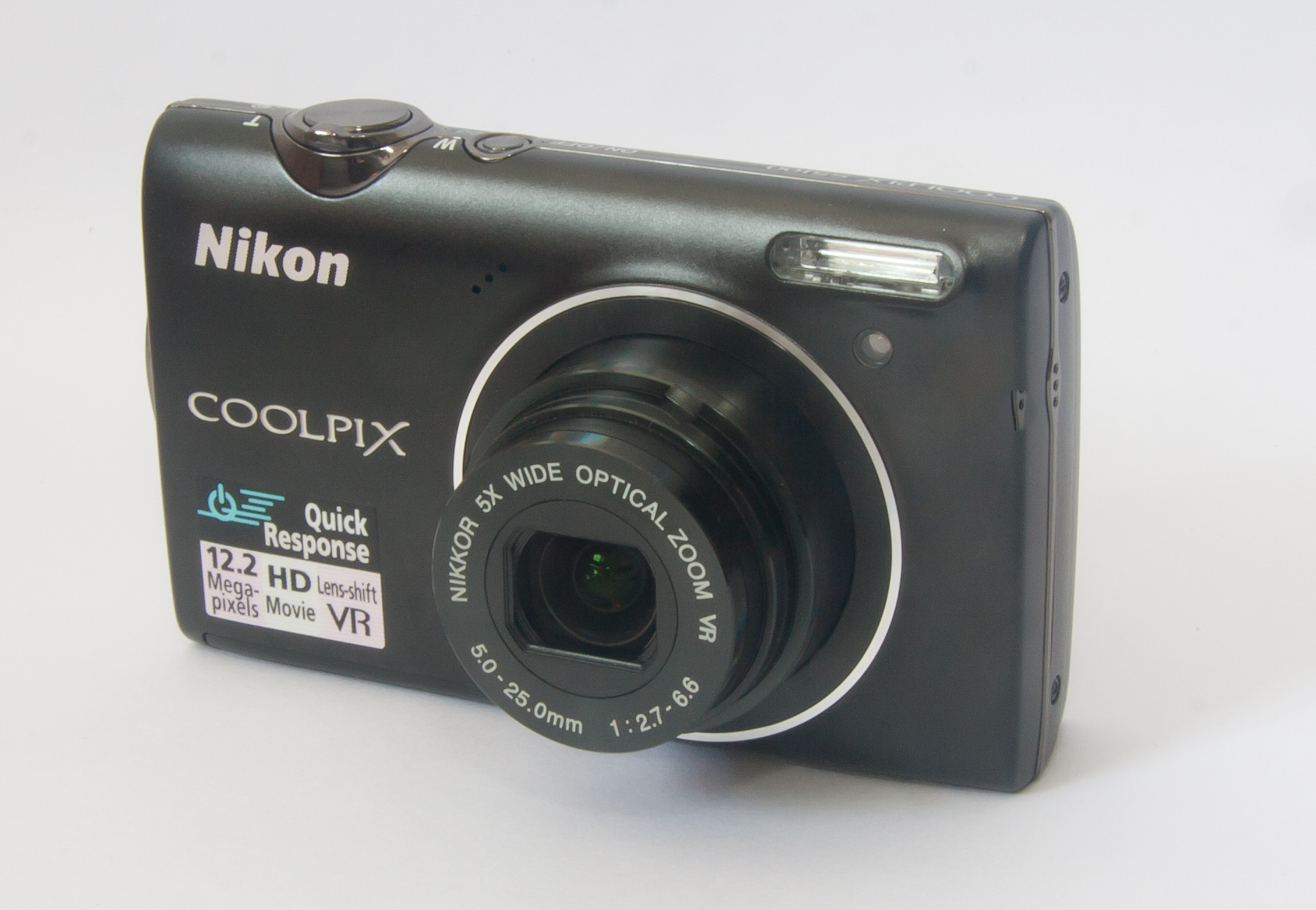Why you can trust TechRadar
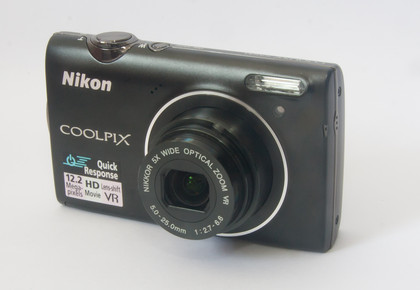
Image quality is excellent. The lens resolved plenty of detail, which meant sharp images. The corners of our test images remained reasonably sharp, even with the lens at its longest 140mm setting.
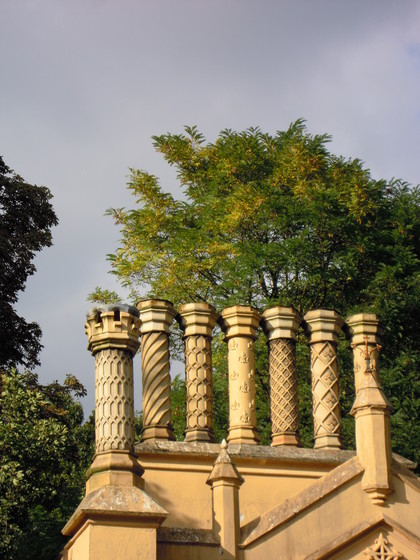
ISO performance is satisfyingly good as well: there's little distinction to be made between 100 and 400. ISOs 800 and 1600 show a little noise and discolouration creeping in, but not enough to discourage us from using it in low-light situations where the flash isn't an option.
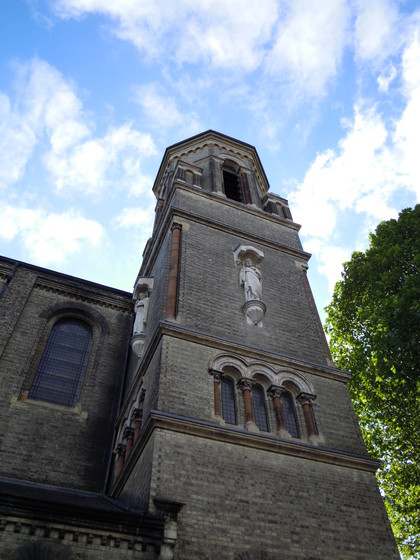
Indeed, stick the S5100 on ISO 1600, then use a tripod with the image stabilisation on and you should have a camera capable of surprisingly good results in low light.
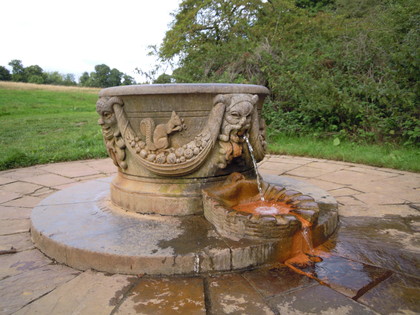
The only problem is ISO 3200 – image quality takes a dive at this setting. Colour accuracy plummets and supposedly plain areas take on mottled, grey-brown hues. One best left for emergencies.
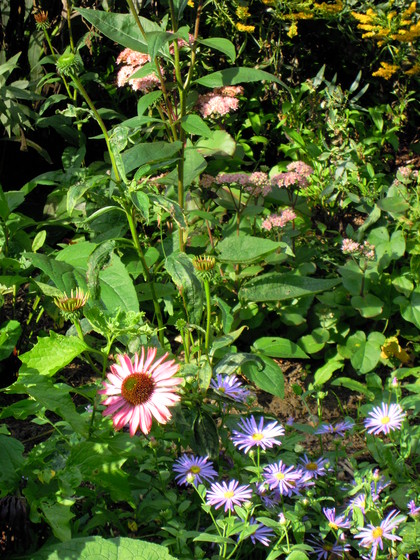
The only recurring complaint we had was chromatic aberration. Purple fringing was a factor in far too many of our test shots – most areas of high contrast proved problematic.
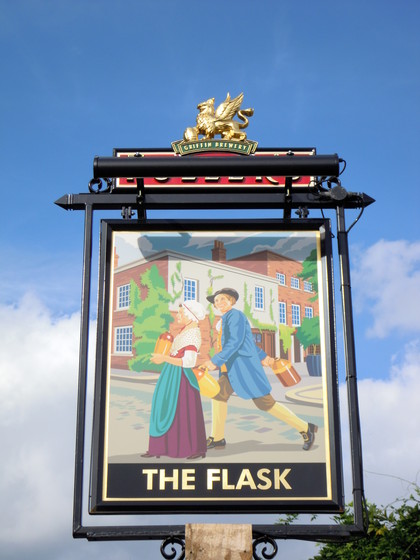
The S5100 isn't the worst culprit we've seen, and if you tread carefully when taking pictures that are likely to be a problem – tree branches against an overcast sky, for instance – you can avoid it… but it's worth bearing in mind.
Current page: Nikon S5100: Image quality
Prev Page Nikon S5100: Overview and features Next Page Nikon S5100: ISO testsDave is a professional photographer whose work has appeared everywhere from National Geographic to the Guardian. Along the way he’s been commissioned to shoot zoo animals, luxury tech, the occasional car, countless headshots and the Northern Lights. As a videographer he’s filmed gorillas, talking heads, corporate events and the occasional penguin. He loves a good gadget but his favourite bit of kit (at the moment) is a Canon EOS T80 35mm film camera he picked up on eBay for £18.
